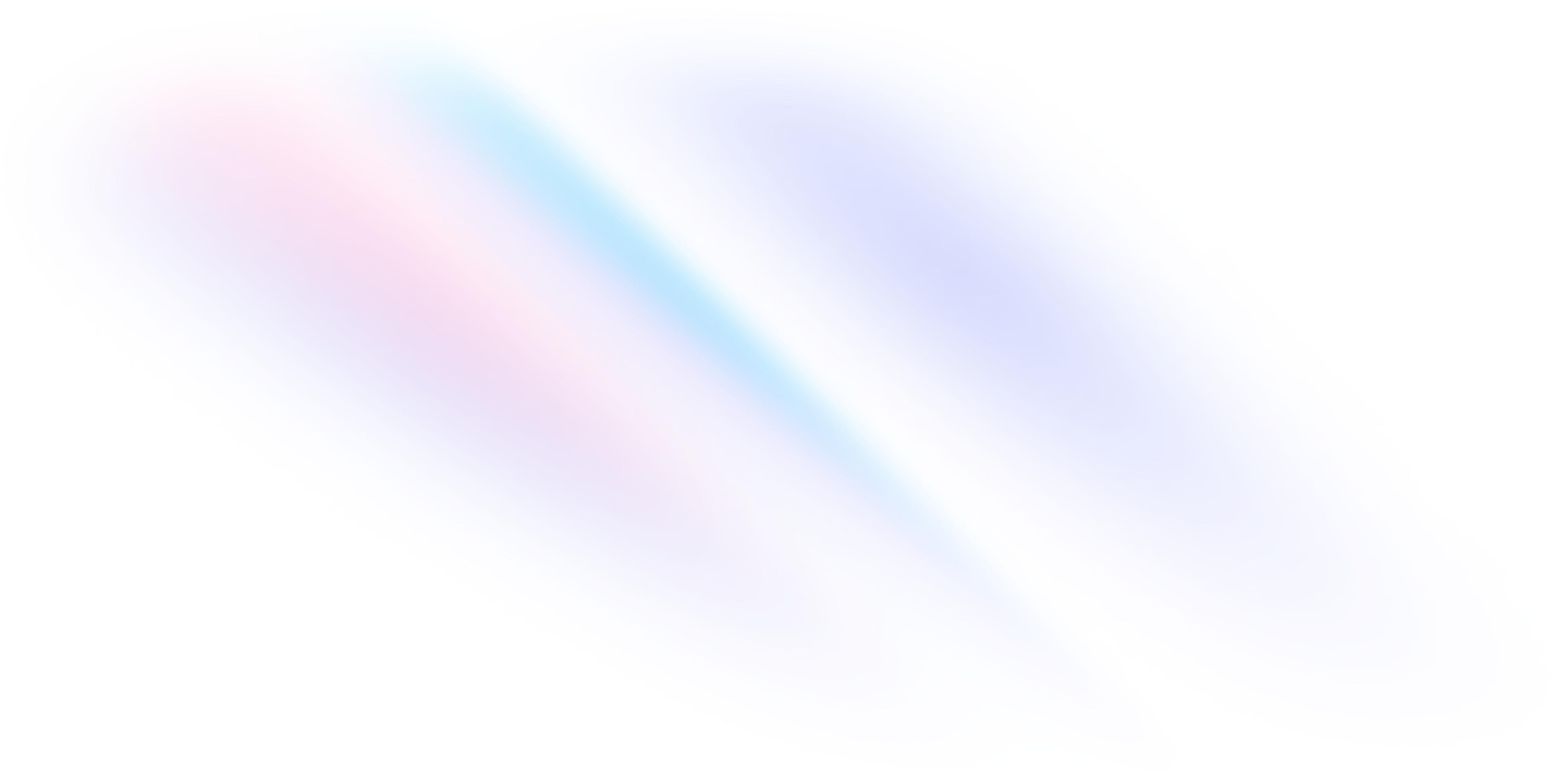
Frequently Asked Questions about Employee Experience Designer Careers
Looking for more information about becoming a Employee Experience Designer? Our comprehensive FAQs section has you covered. Explore a wide range of topics, including job opportunities, career growth, skills, salary and job outlook. Get the answers you need to make informed decisions about your career.
Other Questions about Employee Experience Designer
- What type of impact can an Employee Experience Designer have on a company?
An Employee Experience Designer can have a significant impact on a company by implementing strategies and processes that create a better overall experience for employees. This can be done by designing an engaging onboarding process, providing a better employee benefits package, creating an engaging work environment, and introducing innovative tools and technologies to increase employee productivity and satisfaction. These kinds of initiatives can help improve employee morale, engagement, and retention, as well as reduce turnover and boost employee productivity.
- What is the difference between Employee Experience Design and Human Resources?
Employee Experience Design is a holistic approach to creating an environment that encourages and supports employees to do their best work. It looks at all of the touch points that an employee has within an organization and seeks to design them in a way that maximizes engagement and productivity. It is focused on creating a positive experience for employees and establishing an environment of trust and collaboration. Human Resources, on the other hand, is focused on the management of employees and the organization's overall workforce. It is responsible for recruiting, hiring, training, and managing employee performance. It also handles employee relations, pay and benefits, and other administrative tasks. Human resources seeks to ensure that the organization is compliant with laws and regulations, while providing a supportive and positive work environment.
- What is the best way to stay creative and inspired as an Employee Experience Designer?
1. Follow industry trends - Keeping up with current trends in the industry will help you stay on top of the latest design techniques and technologies. 2. Read books and magazines - Reading books and magazines related to design will help you stay informed of new ideas and techniques. 3. Collaborate with other designers - Working with other designers can be a great way to gain inspiration and learn new techniques. 4. Attend conferences and workshops - Attending design conferences and workshops is a great way to network with other designers and learn new techniques. 5. Take a break - Taking a break from your work can help to refresh your creativity and inspiration. 6. Experiment - Trying out new techniques and ideas can help you create something unique and inspiring. 7. Practice - Practice makes perfect, and the more you practice, the more creative you can be.
- What advice would you give to someone considering a career in Employee Experience Design?
1. Develop an understanding of the overall employee experience and how it relates to the company’s mission and vision. 2. Get familiar with the industry trends and the latest technologies used to improve employee experience. 3. Learn how to create an effective and engaging employee experience design that engages employees and meets their needs. 4. Develop an understanding of how to use data and analytics to measure the success of employee experience design. 5. Build strong relationships with stakeholders and collaborate with other departments to ensure employee experience design objectives are met. 6. Be proactive and creative in finding solutions to employee experience challenges. 7. Become adept at using various tools and software to design employee experiences. 8. Remain up to date on emerging trends and developments in the industry.
- What are the best tools and technologies for an Employee Experience Designer?
1. User Research Tools: Qualtrics, UserTesting, SurveyMonkey, Google Forms 2. Prototyping Tools: Sketch, Adobe XD, InVision, Figma 3. Visual Design Tools: Adobe Photoshop, Illustrator, InDesign 4. Communication Tools: Slack, Trello, Asana 5. Analytical Tools: Google Analytics, Mixpanel, Hotjar 6. Data Visualization Tools: Tableau, Power BI, Google Data Studio
- What challenges do Employee Experience Designers face?
1. Balancing employee needs with business objectives: Employee experience designers need to design experiences that are beneficial for both employees and the business. This means finding a balance between providing employees with the tools and support they need to succeed and achieving the business’ strategic goals. 2. Managing multiple stakeholders: Employee experience designers need to collaborate with a variety of stakeholders throughout the organization such as HR, IT, and business leaders. This requires strong communication and negotiation skills to ensure that all parties are heard and considered when making decisions. 3. Creating experiences that are engaging and motivating: Employee experience designers need to design experiences that are both engaging and motivating. This means understanding the needs and motivations of employees and creating experiences that meet those needs and align with the organization’s goals. 4. Keeping up with technology innovations: In order to create successful experiences, employee experience designers need to stay up-to-date on the latest technology innovations. This requires research and staying in tune with industry trends. 5. Measuring success: Employee experience designers need to be able to measure the success of their experiences. This requires developing metrics to track employee engagement, productivity, and other key performance indicators.
